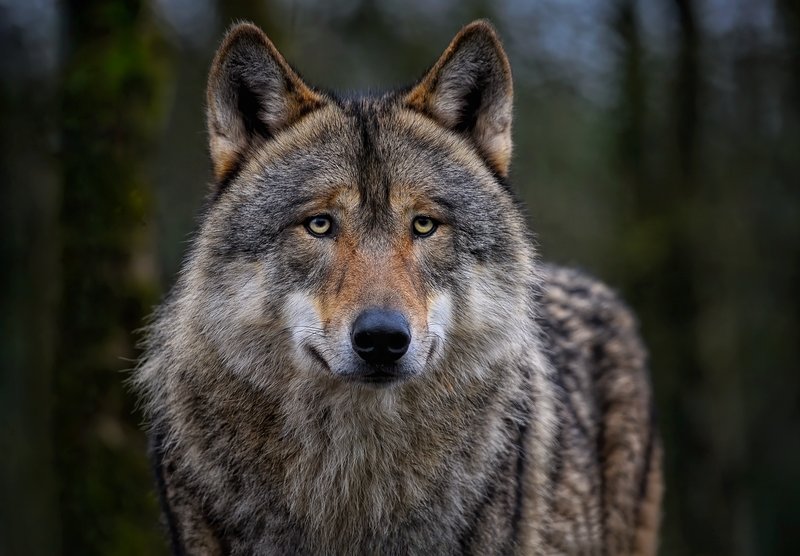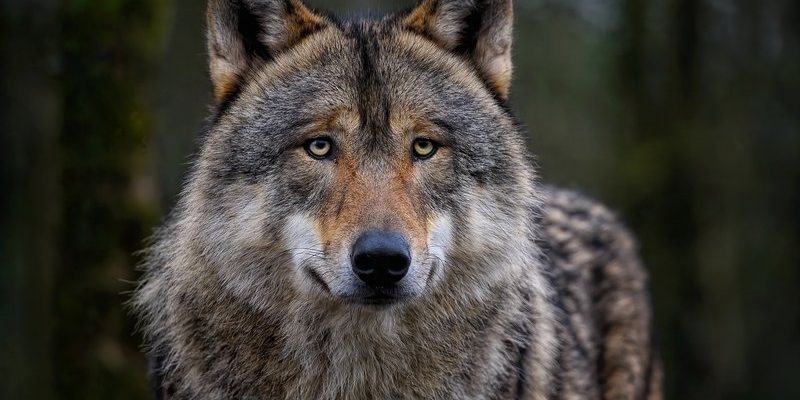
Wolf worms are the larval stage of the *Cuterebra* flies, which often target small mammals like rodents. Imagine a spotlight shining on a small cast in an expansive theater—the wolf worms, with their unique life cycle, impact the population dynamics of their rodent hosts. Let’s dive into this unique relationship and explore how these tiny parasites affect the broader ecosystem.
What Are Wolf Worms?
Wolf worms are a specific kind of parasitic fly larva, often associated with rodents. The adult female *Cuterebra* fly lays her eggs near burrows or nests. When the eggs hatch, the larvae latch onto a rodent when it passes by. From there, they enter the host and grow inside, feeding off the nutrients. It’s a bit like unwelcome house guests who stay a little too long!
These larvae can grow quite large, sometimes reaching the size of a finger. They live inside their host for weeks, feeding and developing until they are ready to break free. Eventually, they create an exit hole and come out into the world, where they will transform into adult flies. This unusual lifecycle raises questions about their impact on rodent populations, which we’ll explore further.
The Role of Wolf Worms in Rodent Populations
You might be wondering how a creature that seems so small could affect an entire population. Wolf worms have a significant role in controlling rodent numbers. When they invade a rodent, they can weaken or even kill the host if the infestation is severe. Just like a predator that keeps prey numbers in check, wolf worms can reduce the population of rodents, making space for other species and influences in the ecosystem.
However, the relationship isn’t straightforward. Some rodents have adapted and can survive these infections. This dynamic creates a balance—a dance between the parasite and host. When the rodent population gets too high, wolf worms can increase in numbers to help regulate it. Conversely, when rodent populations drop, so do the wolf worms, showing how interconnected these species truly are.
How Wolf Worms Influence Ecosystem Stability
Think of the ecosystem as a carefully balanced scale. On one side, you have rodents that can reproduce rapidly, and on the other side, you have predators and parasites like wolf worms. Without these controlling factors, rodent populations could explode, leading to overgrazing and depletion of resources. That’s where wolf worms come into play.
They help keep rodent populations in check, which is vital for the health of their habitats. When rodent numbers are stable, the plants and other animals that depend on them can thrive. This balance is crucial for biodiversity and the overall health of the ecosystem. It’s a classic example of how every little player has a part in the grand performance of life.
Rodent Behavioral Changes Due to Wolf Worms
You might be surprised to learn that an infection from wolf worms can change how rodents behave. Infested rodents can exhibit altered behaviors, such as increased vulnerability to predators. They may become lethargic or less cautious, making them easy targets. This change has repercussions not just for the individual rodent but for the entire food web.
Predators like hawks and snakes keep an eye out for these weakened rodents. If rodent populations are high, there’s a buffet of choices for predators. However, if wolf worms are prevalent and impacting rodent health, we might see a shift in predator populations as well. This interaction illustrates how health challenges in one species can ripple through an entire ecosystem.
The Impact of Environmental Factors on Wolf Worm Populations
Now, let’s chat about how the environment fits into this puzzle. Things like climate change, habitat loss, and changes in land use can have a significant impact on both rodent and wolf worm populations. Warmer temperatures might lead to increased survival rates for wolf worms, meaning more infestations. Conversely, if rodent populations are reduced due to habitat destruction, this could lead to fewer wolf worms.
Each change can spark a reaction, highlighting the delicate balance found in nature. It’s like a game of dominos; tipping one over can cause the rest to fall. Understanding these dynamics is essential for conservation efforts, as we need to grasp how each element interacts.
Conservation and Future Implications
As we learn more about wolf worms and their role, it becomes clear that conservation efforts need to consider these relationships. For instance, if we focus solely on reducing rodent populations, we might unintentionally disrupt the balance maintained by wolf worms. Effective wildlife management requires a holistic approach, considering all players in the ecosystem.
You might even ponder the future of rodent populations as urban areas expand. Increased human activity can disrupt natural habitats, potentially leading to more complicated dynamics. Conservationists have their work cut out for them, ensuring that both rodents and their companions, including wolf worms, can thrive in harmony.
So, there you have it—a peek into the fascinating world of wolf worms and their role in rodent population dynamics. These tiny parasites, often overlooked, play a crucial part in maintaining the balance of ecosystems. It’s a reminder of how interconnected life is, and how even the smallest creatures can have a big impact.
As we continue to explore these relationships in nature, let’s remember to appreciate the complexity and beauty of life’s interconnections. After all, understanding how wolf worms influence rodents helps us grasp the broader environmental picture and highlights the importance of preserving our delicate ecosystems. With this insight, we can work towards a more harmonious relationship with the natural world around us.

